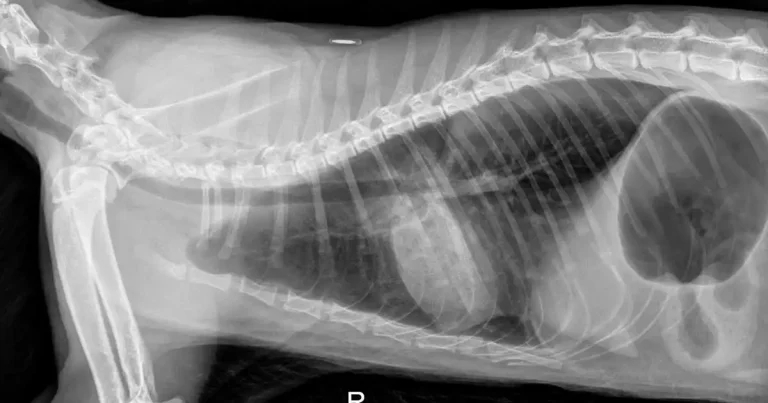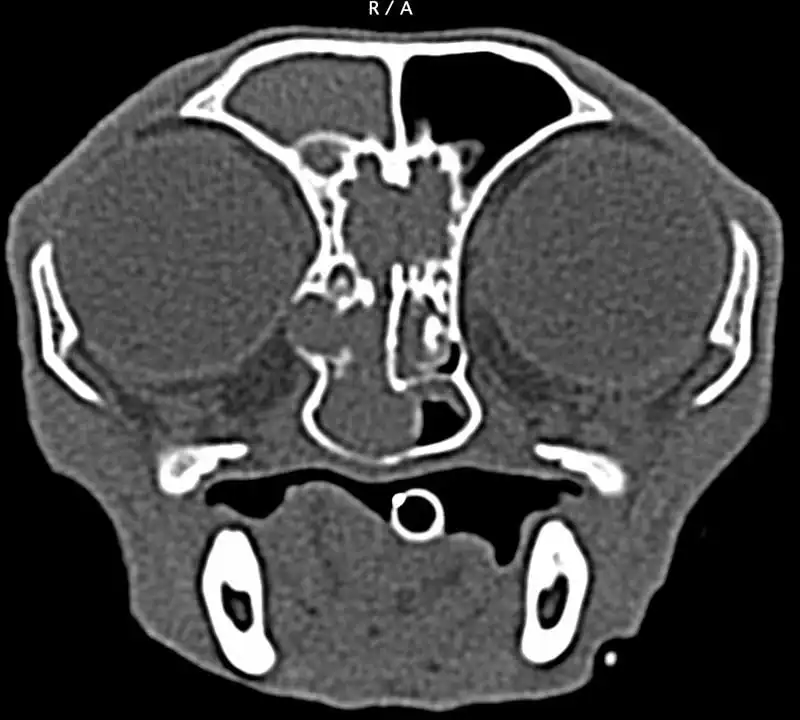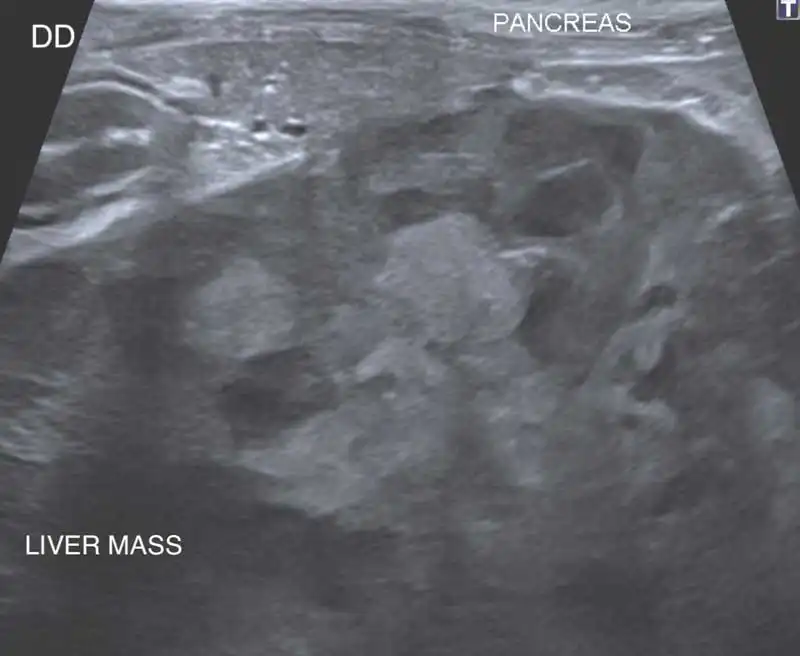Advertorial
05 August 2025
Spotlight on outpatient imaging: the why, when, what and wherefore
In an era where diagnostic imaging has become ubiquitous, the challenge for many clinicians isn’t accessing technology, it is knowing what to use and when. Having access to independent, specialist outpatient imaging can help

Figure 3. X-ray of a coughing cat showing changes consistent with bronchopulmonary disease.
Cambridge Radiology Referrals (CRR) is a radiologist-led outpatient imaging centre with 27 years’ experience of providing a niche specialism as a clinical partner to both general and referral practices.
Why
The aim was (and still is) to provide clinical answers from specialist-level imaging, allowing primary care vets the choice to retain and manage their patient or to refer on if they feel it more appropriate. Communication with, and involvement of, the referring vet is essential as they provide the stability, safety, continuity and trusted reassurance so important to patients and owners.
The owner and patient are central to everything we do, and owners are welcomed into a consultation as part of their appointment with us. This allows us to get to know both, to determine what their concerns are and to manage their expectations ahead of imaging. Each patient and each set of family circumstances are highly individual, and this can be reflected in how and why we image. As a small, independent practice, we can be flexible in how we approach nervous or anxious patients, for example.
Owners are allowed to feel comfortable with whatever decisions they make while with us. Many just want to know a bit more about what is wrong and how extensive pathology is before deciding what to do next.
We are also very aware imaging is only one part of the diagnostic process, and it must be both appropriate and affordable. We apply rigorous case selection and will be open if we feel we are not the right type of service, either because we don’t offer the best modality or if a full multidisciplinary approach is better for the patient.
Core values
Like all vets we adhere to the five core values considered essential in any business, but so important in veterinary care: honesty, integrity, respect, responsibility and compassion. We are committed to providing high quality services that allow either gold standard or contextualised care, and we do so with empathy.
Shared care
We provide shared care with the veterinary surgeon and practice and like to build open and easy relationships with our referring vets to do so. Images are available on our cloud-based PACS system and a link is available for the vet to access and download these images.
A written report is generated and sent as standard, but we also like to have a more personal approach, and case discussion – both before and after referral – is encouraged and welcomed.

When
At CRR we are available to accept referrals for CT, ultrasound and teleradiology when the referring vet feels they would like another opinion on a patient’s images, they would like to access specialist imaging or they feel a patient needs a CT scan and they wish to use an experienced radiologist-led outpatient imaging centre.
What
One of the biggest challenges is deciding the best imaging modality in the circumstances and we are open to discussing this in advance.
Some cases are very straightforward. For example, generally if a patient is suspected of having a brain tumour, we are unlikely to advise a CT scan for diagnosis, but would instead recommend the patient was referred elsewhere for neurology-led MRI. Similarly, if a young spaniel presents with forelimb lameness, we are more likely to suggest a CT scan and would often recommend this ahead of x-rays as it is likely more cost effective and accurate in the long run. The more challenging instances are in cases where either MRI/CT may be appropriate, for example, in many oncology patients. We may be more likely to opt for CT over MRI, both depending on the primary site, but also where the potential exists for pulmonary or widespread distant soft tissue or skeletal metastatic disease.
We will be very clear about what we think is suitable and will make appropriate recommendations.
The following three images show some of the cases we have seen in the past week:
- A 14-year-old cat presented with snuffles and occasional epistaxis in the past 2 months and referred for CT of the head and chest (Figure 1). The images confirmed an extensive, expansile and destructive mass throughout the nasal passages and crossing the cribriform plate.
- A 10-year-old feline, neutered lurcher, presented with lethargy, hyporexia, pyrexia and weight loss, was referred for abdominal ultrasound. The imaging (Figure 2) confirms diffuse liver neoplasia and a haemoabdomen.
- A young Maine coon presented with vomiting and dyspnoea and the x-rays were referred for interpretation (Figure 3). They show a diffuse bronchial lung pattern with consolidation of the right caudal lung lobe and overinflation of the lung. It is suggestive of bronchopulmonary disease (for example, chronic bronchitis/feline asthma) with air trapping and possibly mucoid plugging of the right caudal lung lobe).

Wherefore
For vets: The referral process is straightforward and remains slightly old fashioned. Unashamedly so.
We don’t have a referral form on our website as we try to screen our referrals so rigorously. We prefer an initial phone call or email with the appropriate clinical information, including blood tests, x-rays and any relevant histology.
Yes, we have advanced technology and yes, we use it routinely, but some things still need a personal, human approach. Case discussion is important – no amount of remote discussion ever gets the in-depth feel gained from a direct conversation with a clinician Once we know we have a suitable patient, we contact the client directly to arrange the referral and ensure we have been able to answer queries ahead of their visit.
For owners: We have two-hour patient slots and try to have only one patient with us at a time. This means that an anxious and fearful patient will not upset the rest of the day’s patients. The waiting room is quiet, calm and non-clinical.
When the patient is ready to go home, we have a discharge consultation. We can give some indication of what has been found and what is likely to happen next.

Summary
Outpatient imaging is a valid referral path for many patients, but case selection is very important. An experienced clinical team is essential for this process.

